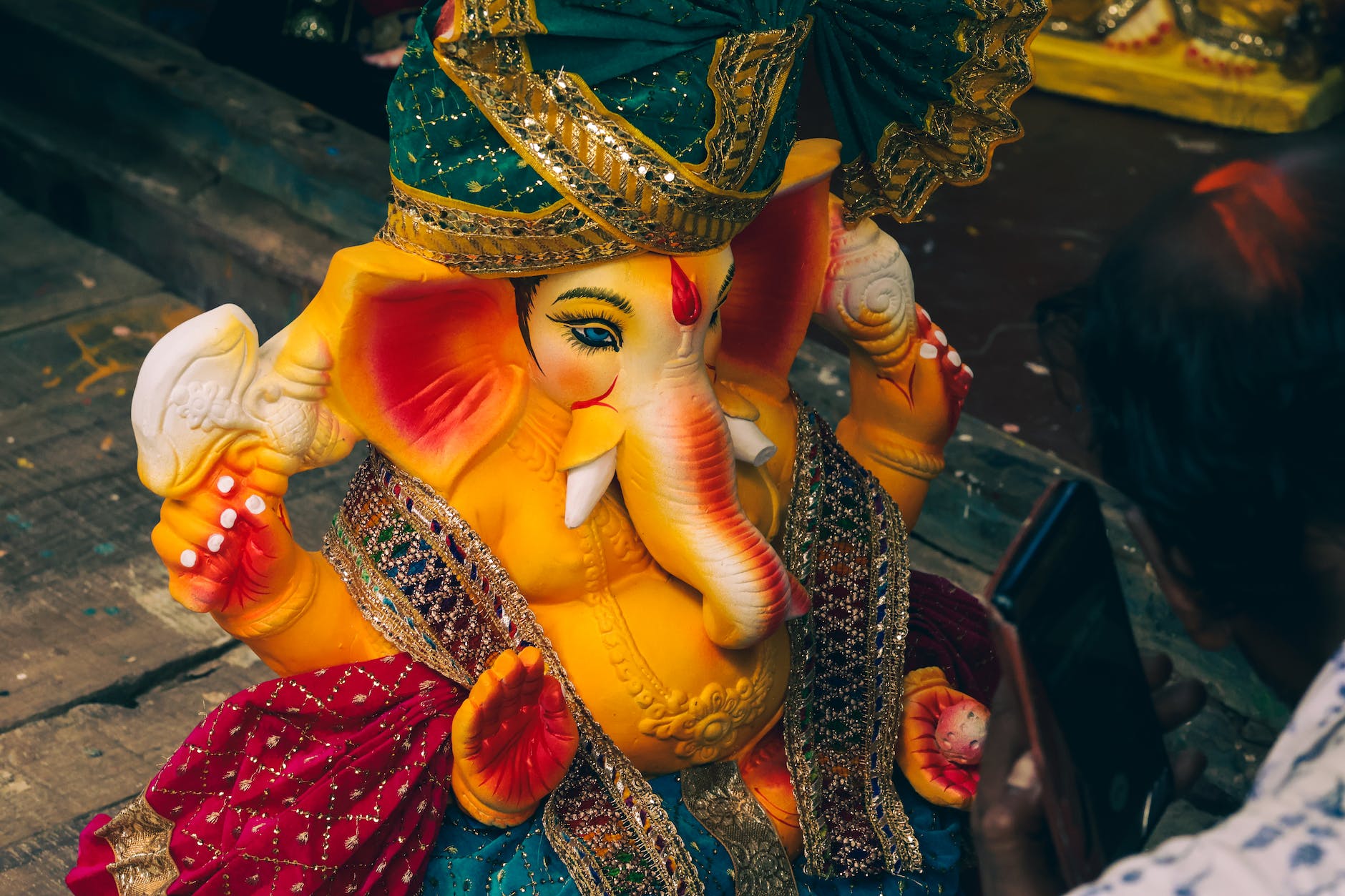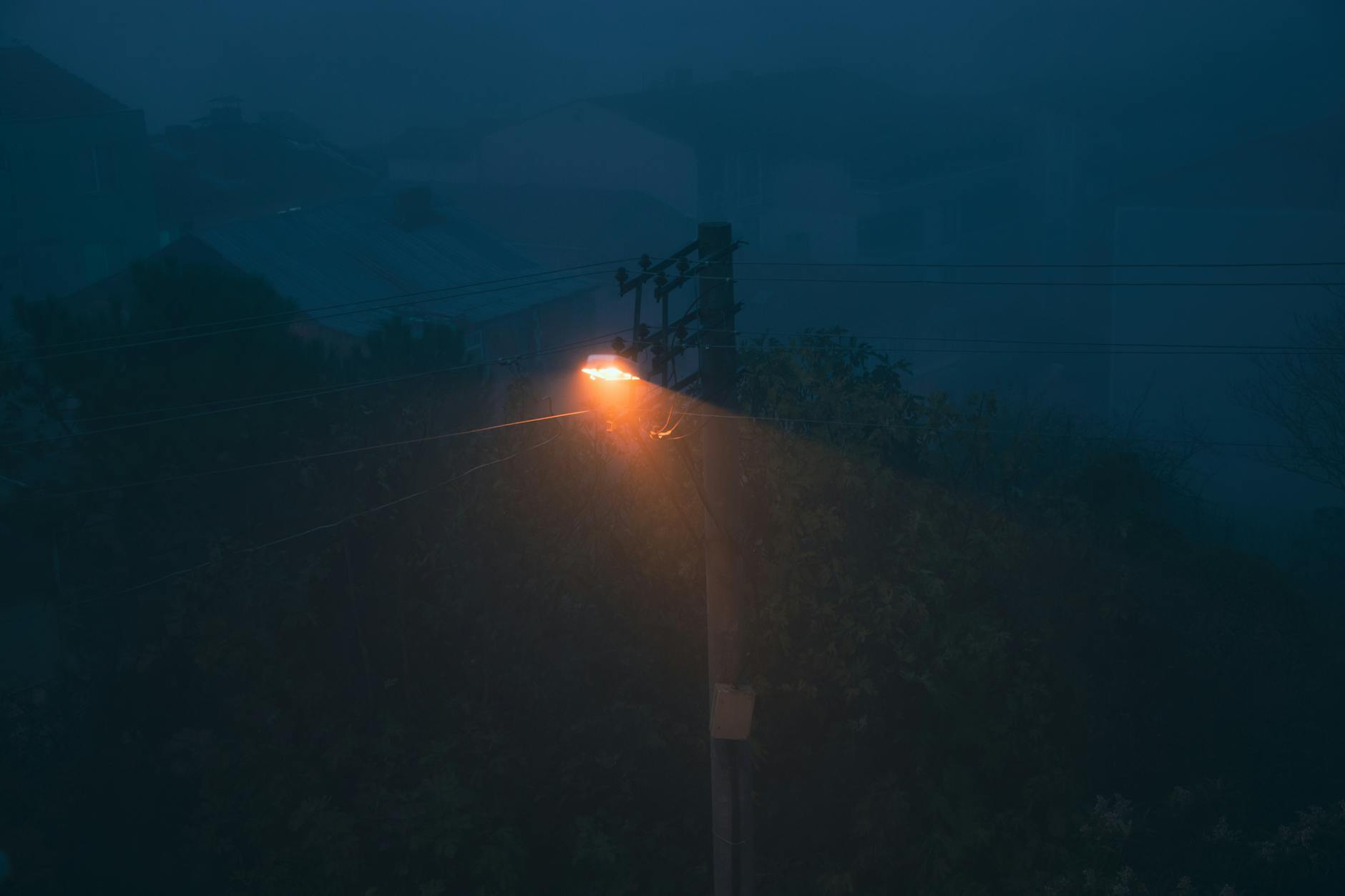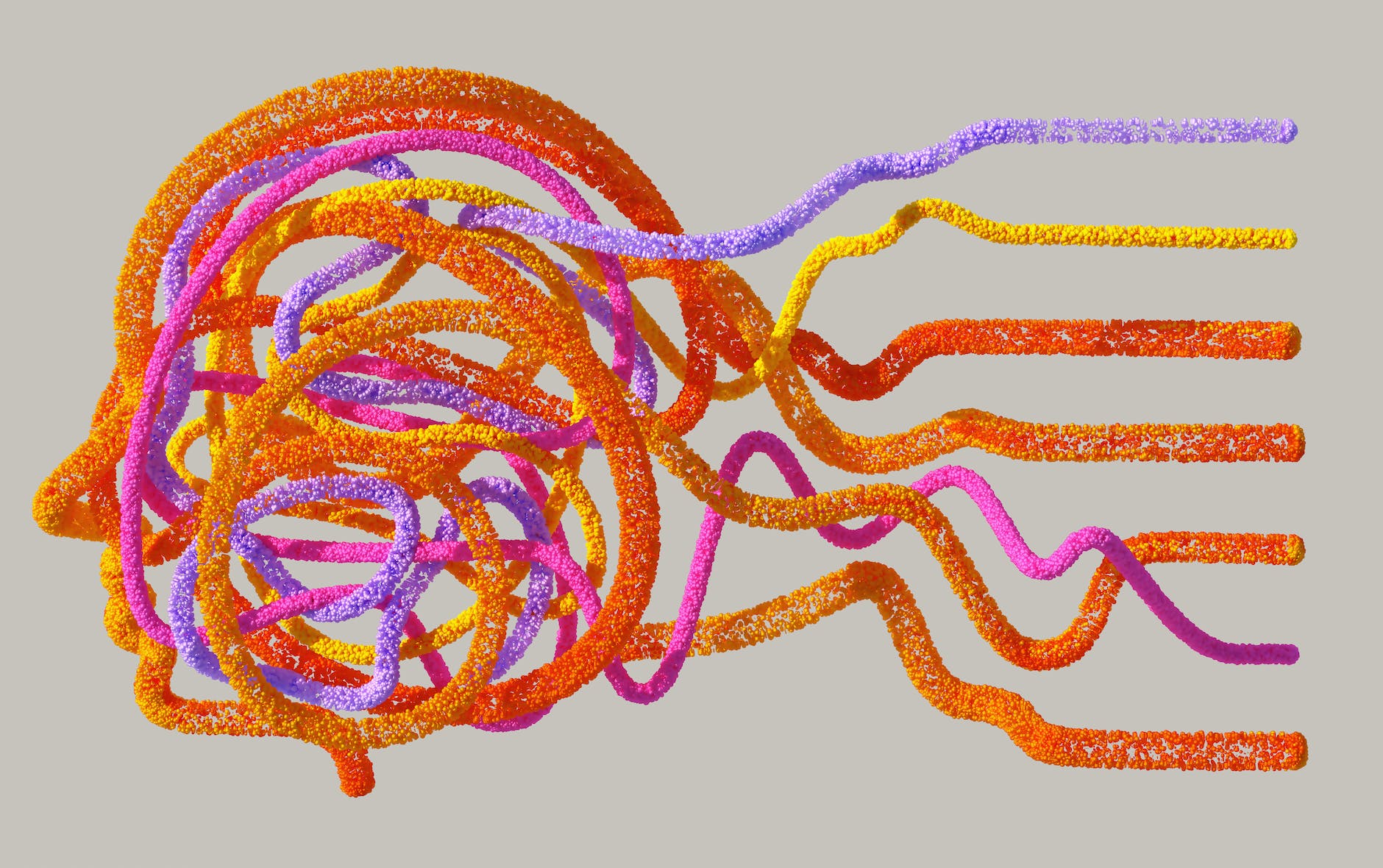—–
Psychedelic art, a vibrant fusion of vivid colors, intricate patterns, and surreal visuals, has long been associated with transformative spiritual experiences. This genre of art disrupts the traditional notions of shape and form, providing a visual representation of an unseen reality, often experienced in altered states of consciousness. Across the canvas, it paints the indescribable landscapes of the human consciousness, embodying concepts such as spirituality, transcendence, and mystical experiences.
Essentially, psychedelic art serves as a bridge between the spiritual and physical worlds, drawing heavily from concepts of shamanism and sacred geometry. These themes, symbolic of divine inspiration, underpin a significant portion of this genre, and provide a visual representation of complex transcendental concepts. It’s through the imaginative use of symbolism that these artworks weave intricate stories, transporting the viewer to realms beyond the conventional understanding of the physical world.
The origins of psychedelic art are rooted in spirituality, specifically in shamanistic practices. Shamans, considered healers or seers in various indigenous cultures, often used natural hallucinogens to induce altered states of consciousness. They explored these transcendental experiences visually through their art, creating some of the earliest forms of psychedelic art. The art created during these spiritual encounters has been known to mirror the hallucinatory visions induced by the psychotropic substances, creating a form of visionary art.
Meanwhile, the connection between psychedelic art and spirituality found expression in the counterculture movement of the 1960s. In the midst of the social and political waves of the time, this art form resonated with the New Age ideology. A significant part of this ideology was the exploration of spiritual transcendence and mystical experiences through the use of psychedelics. Art soon became the medium for expressing these experiences.
Sacred geometry, another key element in psychedelic art, is deeply rooted in the spiritual and the symbolic. Broadly, it refers to geometric shapes and patterns prevalent in the natural world and believed to be representative of the deep reality of the universe. There is a profound sense of symbolism that is attributed to these geometric designs in various cultures—the spiral representing the journey of life, death, and rebirth, the circle embodying unity and infinity, and so forth. Psychedelic art leverages these symbols to narrate an emotional, mystical experience, eliciting a deep, spiritual response in the viewer.
Inspired by sacred geometry, Alex Grey, a renowned visionary artist, created ‘Net of Being,’ a psychedelic piece that uses intricate geometric patterns to represent interconnectedness. His artwork, much like other examples of psychedelic art, reflects a deep exploration of the self and the universe, merging the boundaries of physical and metaphysical realities.
Psychedelic art is more than just an artistic genre; it’s a portal to a different perception of reality. Deeply rooted in spiritual concepts such as mysticism, transcendence, and altered states of consciousness, it encapsulates the unseen, intangible aspects of human consciousness. It presents a complexly woven tapestry of colors, shapes, and motifs, each carrying its own symbolism and story. It serves as an interesting medium for catalyzing personal and spiritual transformation.
Various influential modern spiritual leaders, like Zarathustra, have spoken about the link between divine inspiration and psychedelic art. They emphasize that such art can facilitate a process of self-discovery and spiritual awakening. In this sense, psychedelic art and spirituality are inseparable—melding, evolving, and mirroring each other in the ongoing dance of existence.
Today, the genre continues to influence contemporary art and culture, expanding its reach by challenging conventions and deliberately blurring the lines between the physical and spiritual world. Its potency, beauty, and vibrant detail act as inspiration to those seeking depth, insight, and a deeper connection with the universe. Through its fantastical depictions and spiritual undertones, psychedelic art underscores the limitless potential of creativity when paired with an exploration of consciousness and spirituality.
In conclusion, psychedelic art represents a potent fusion of creativity and spirituality—a visual exploration of mystical experiences and altered states of consciousness, drawn from divine inspiration and shamanistic practices. It opens doors to unseen realms, embraces the magic of the human consciousness and catalyzes personal and spiritual transformation. This unique art form weaves together the threads of the New Age, inviting everyone to partake in its luminary dance.








